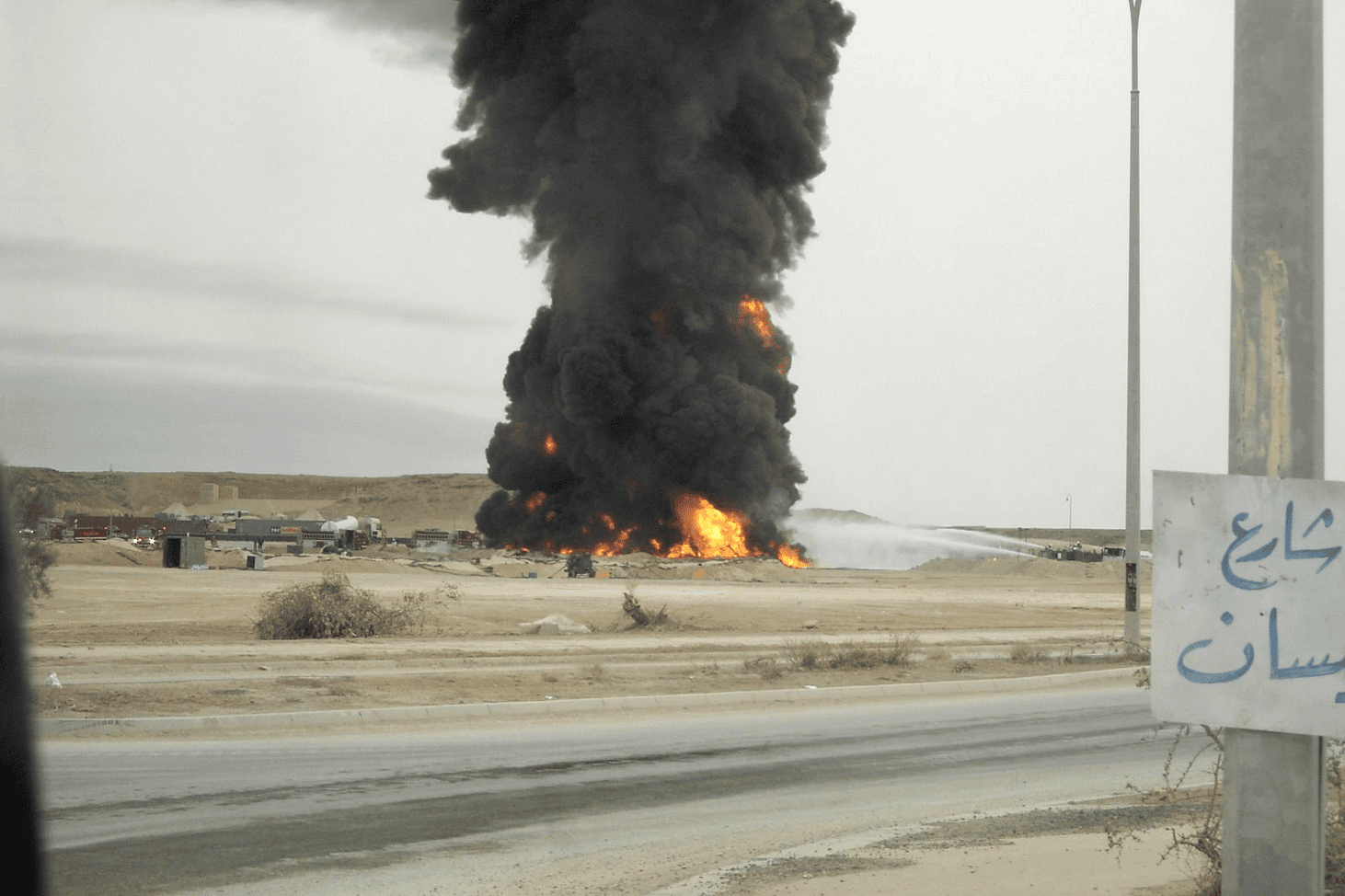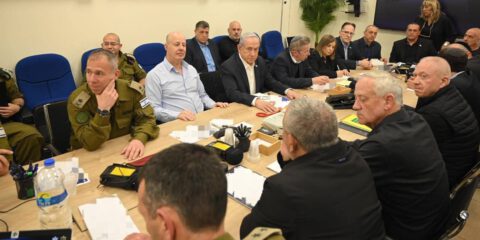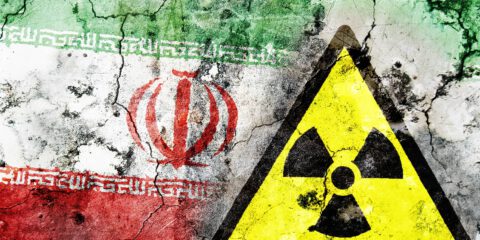Iran’s attacks against the US in Iraq accomplished what was intended
Following the US killing of Islamic Revolutionary Guard Corps Quds Force commander Qasem Soleimani and a number of other IRGC-related figures on January 3, this author and other analysts wrote that Iranian Supreme Leader Ali Khamenei faced a difficult dilemma.
The attacks on Ain al-Asad and Erbil that took place between 1:45 and 2:45 on the morning of January 8 indicate that Khamenei has made his choice in regards to this dilemma.
The choice is to de-escalate and draw a line under the episode of the killing of Soleimani.
This will exact a certain price in terms of Iran’s standing and credibility, but it is a price that the supreme leader evidently considers worth paying, given the alternative.
What considerations underlay this apparent decision?
The dilemma facing Khamenei was as follows: The killing of Soleimani was a humiliating blow against a regime whose primary self-defined enemy is the United States. To maintain its role as the center of the self-styled “axis of resistance,” it was incumbent upon Iran to take revenge for the attack.
But this imperative presented a problem. Iran is exponentially weaker than the US in terms of capacities. An act of vengeance that would be satisfactory from the point of view of Iran’s being seen to have settled the account with the US over the killing of Soleimani could only be one that included the killing of a US figure of similar prominence to the slain Quds Force commander, or, failing that, a considerable number of more junior personnel.
Iran had and has both assets and an ample “target bank” in the local area for the carrying out of such an attack. In terms of assets, largely thanks to the career of the late General Soleimani, around 200,000 militia personnel are available to the supreme leader in the land space between the Iraq-Iran border and the Mediterranean Sea, containing the nominal states of Iraq, Syria and Lebanon. These forces have accurate missiles available to them, and good intelligence coverage across the areas in question.
In terms of potential targets, there are around 5,200 US military personnel in Iraq, and somewhere just under one thousand in Syria. They are present within clearly identifiable geographical areas and, in the case of Iraq, at large, easily located bases.
Thus, finding Americans and killing them in either Iraq or Syria did not and does not present a problem insurmountable to the Iranian side, given its known capabilities.
The problem was not military or logistical in nature. It was political and strategic. An attack of sufficient magnitude to settle the account over Soleimani would almost certainly be one that would invite further, wider American retribution, and begin the descent to a direct clash between the US and Iran, which Iran could not possibly win, and which could potentially mean the destruction of much that Iran has gained in the region over the last decade. Iran thus had to choose between facing destruction or accepting a somewhat humiliating outcome.
A statement from the Iraqi Army, broadcast on Al Jazeera, reported that a total of 22 missiles were launched, 17 on Ain al-Asad and five on the Erbil facility. Initial analysis and reporting suggested that Fateh-313 ballistic missiles and longer-range, liquid fuel Qiam ballistic missiles were used in the attack.
The result of the attacks – no US casualties and, according to the Iraqi military, no Iraqi casualties either.
The ordnance which Iran has admitted using in the attack is certainly deadly. Iranian ballistic missiles were first fired on Iraqi soil on September 7, 2018, when the Iranians targeted facilities of two Iranian Kurdish opposition parties located in northern Iraq. The missiles, precisely aimed and based on apparent prior intelligence, killed at least 12 people and wounded many more.
The Iranian Kurdish facilities, however, lacked both the prior-warning radar capacities and the underground shelters available to US and Iraqi personnel in the Ain al-Asad and Erbil facilities. As a result of these, US personnel were forewarned of the attacks and able to take appropriate safety measures.
The possession by the US of radar, shelters and air defense systems at Ain al-Asad and other facilities is not a closely guarded American military secret. The Iranians were surely aware of this.
That is, the attacks of January 8 appear to have been formulated and carried out in order to produce precisely the result that they did – namely, a large amount of noise and smoke, so as to enable Tehran to claim that it had taken retribution for the death of Soleimani. And no US casualties, so that Iran could avoid the escalation that these would have made inevitable.
Iranian television, it is worth noting, claimed that over 80 “American terrorists” were killed in the Iranian strike, and much equipment damaged. Given that much of the Iranian population is monolingual and its access to the Internet is limited, it may be concluded that such claims are an additional face-saving device intended for internal consumption.
AS OF now, it appears that the Iranian sound and fury over the skies of Iraq on January 8 look set to signify the conclusion of the round of hostilities that began with the killing of a US contractor by the Iran-linked Ktaeb Hezbollah militia on December 27. This act provoked a US attack on Ktaeb which killed 25 of its fighters. The Iranians then launched the violent protests against the US Embassy in Baghdad. The US upped the ante at that point with the killings of Soleimani, Abu Mahdi al-Muhandis and the others. The latest Iranian response indicates that Iran wants an end to this round.
Of course, Iranian efforts to expel the US from Iraq will continue. The Iranian calculus at this point may well have included the assumption that the current US administration wants out of the Middle East, and therefore should not be provoked into staying.
Iranian propaganda makes much of the notion that the Iranian project is slow and systematic and at a level of sophistication that makes it invulnerable to the attacks of its enemies. That remains to be seen. But the latest round of hostilities indicates that those who helm the Iranian bid for regional hegemony are aware of their drastic limitations in the military arena, are not suicidal, and are capable of formulating and implementing policy in line with the prevailing power realities.
Published in The Jerusalem Post 10.01.2020
JISS Policy Papers are published through the generosity of the Greg Rosshandler Family.
photo: Recklessendangerment [CC BY-SA 3.0]









 - בניית אתרים
- בניית אתרים